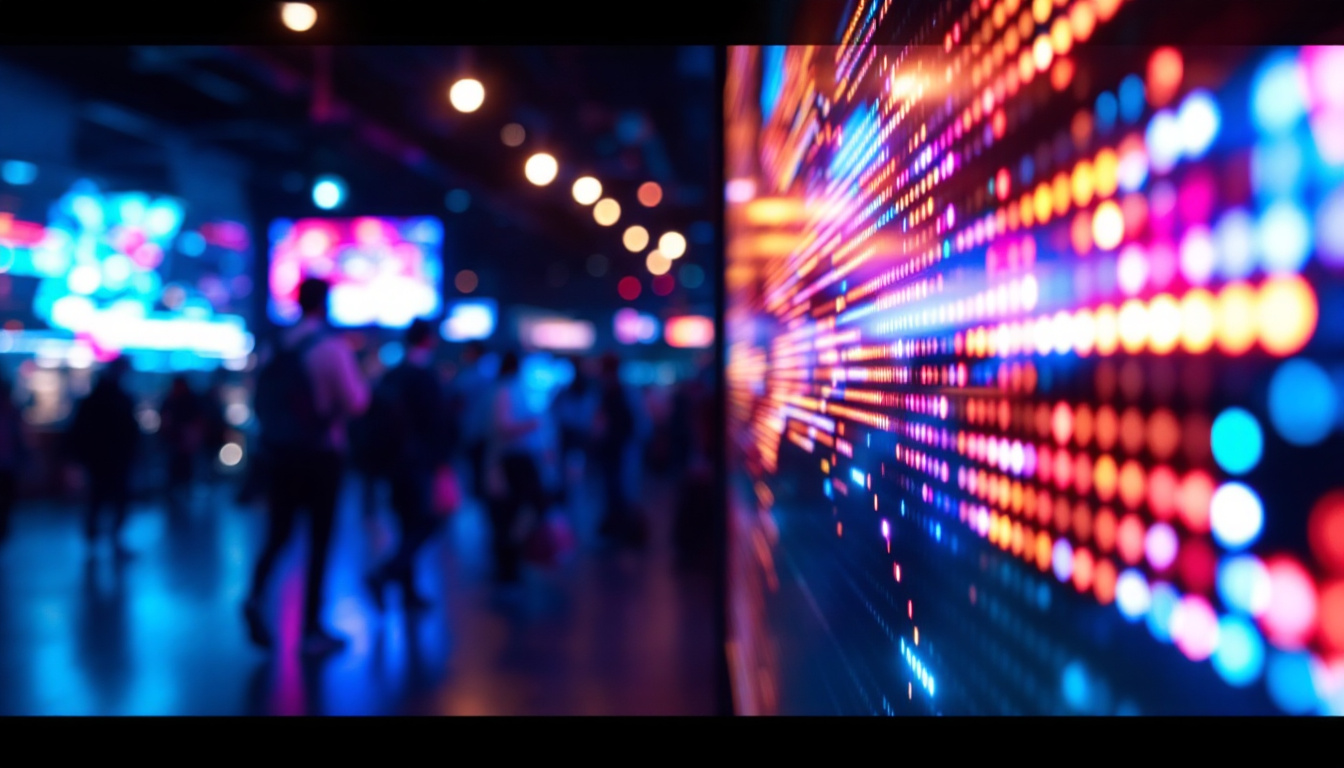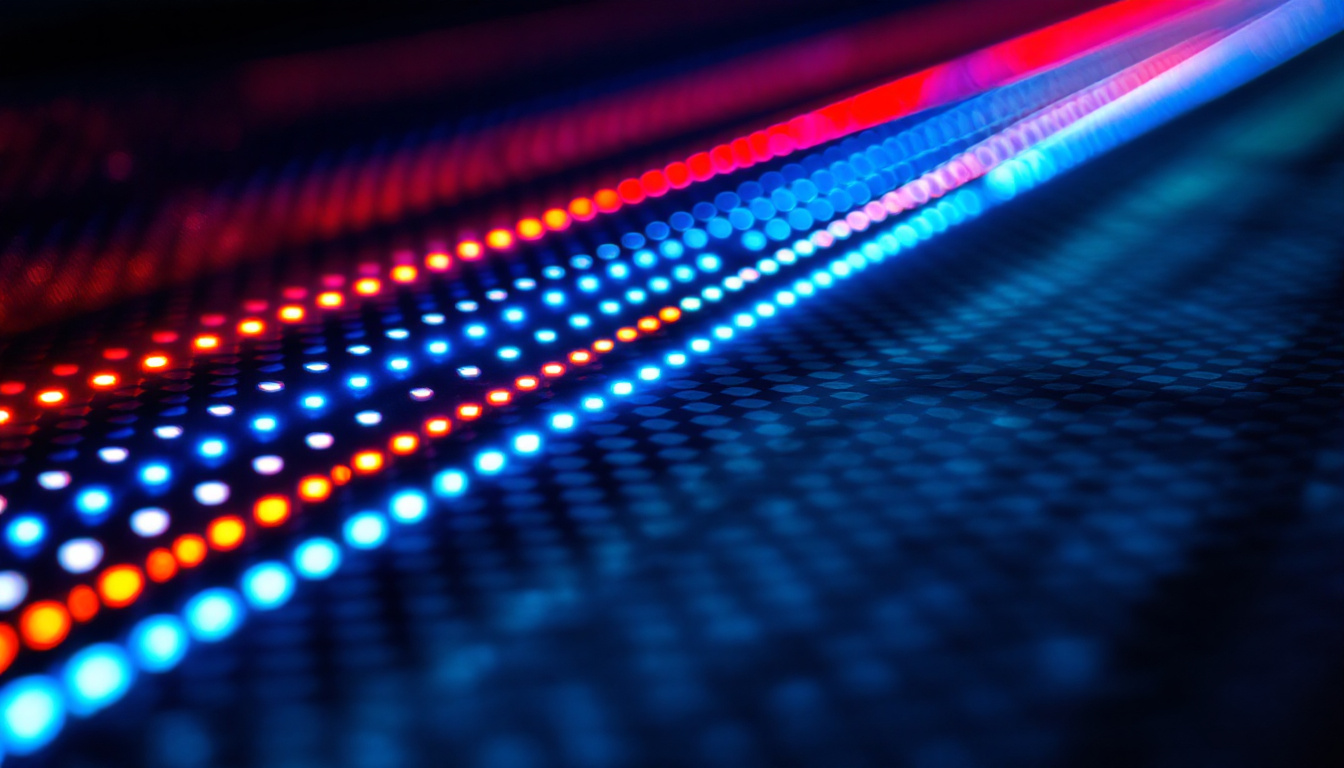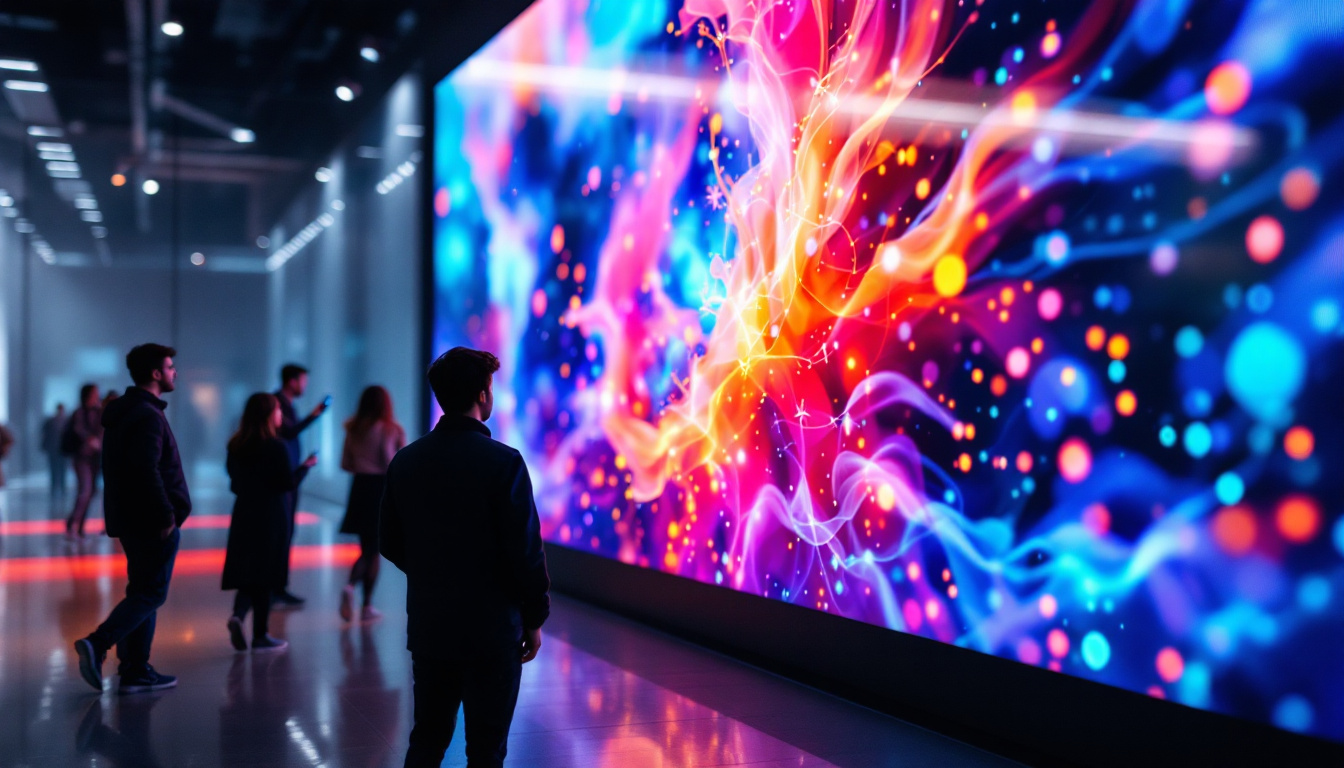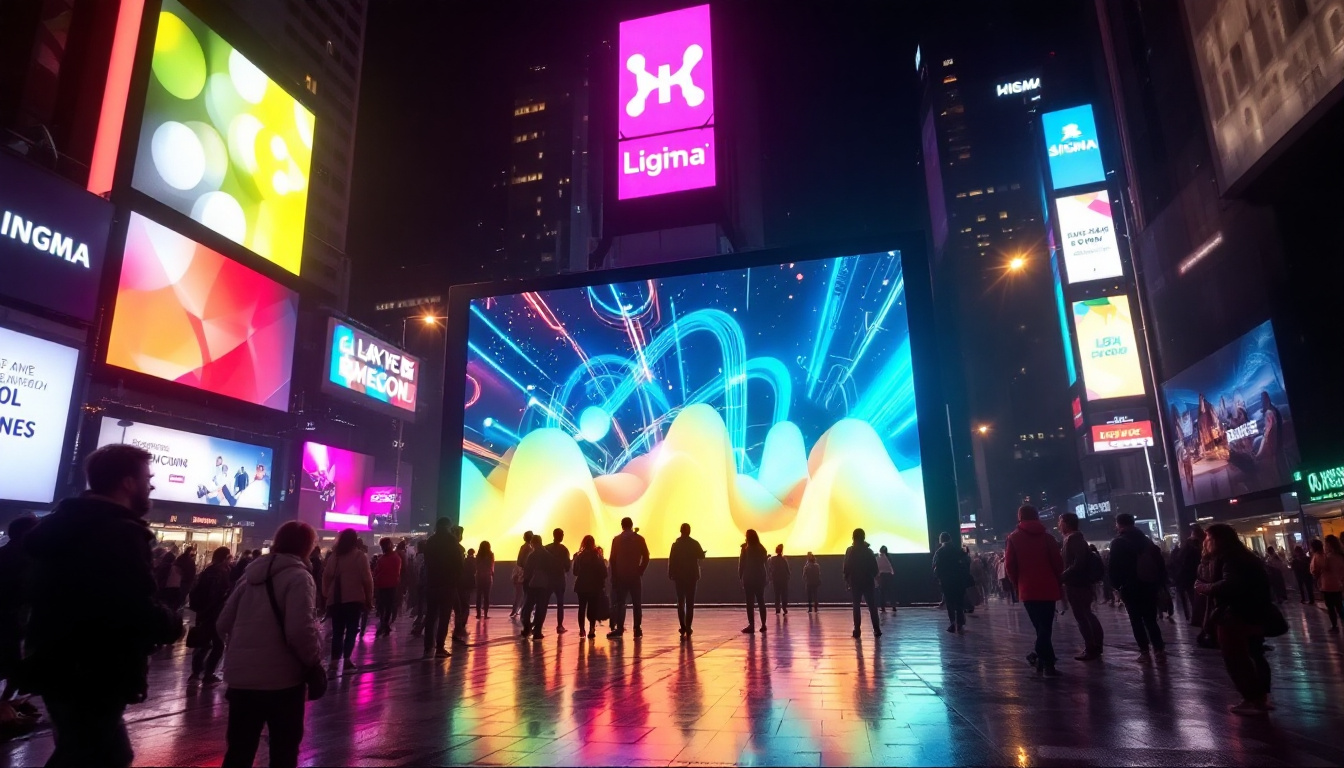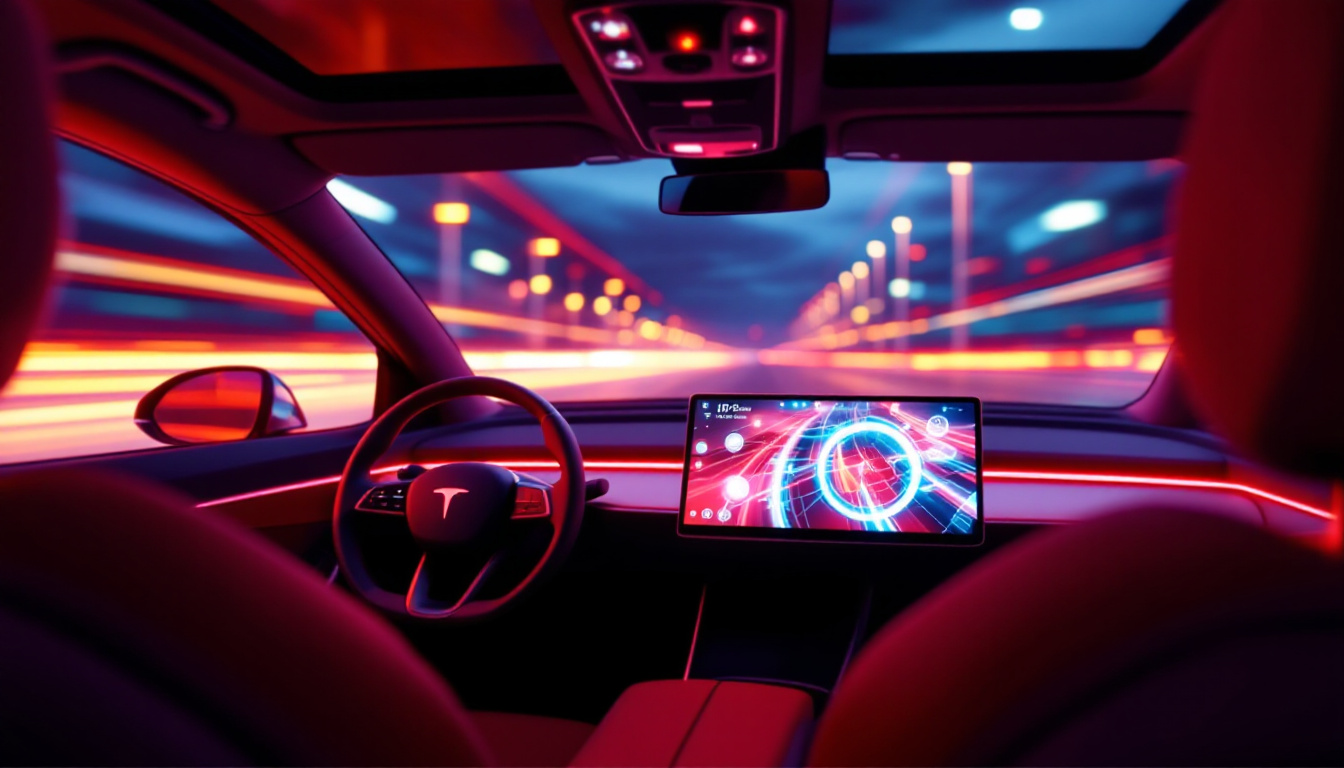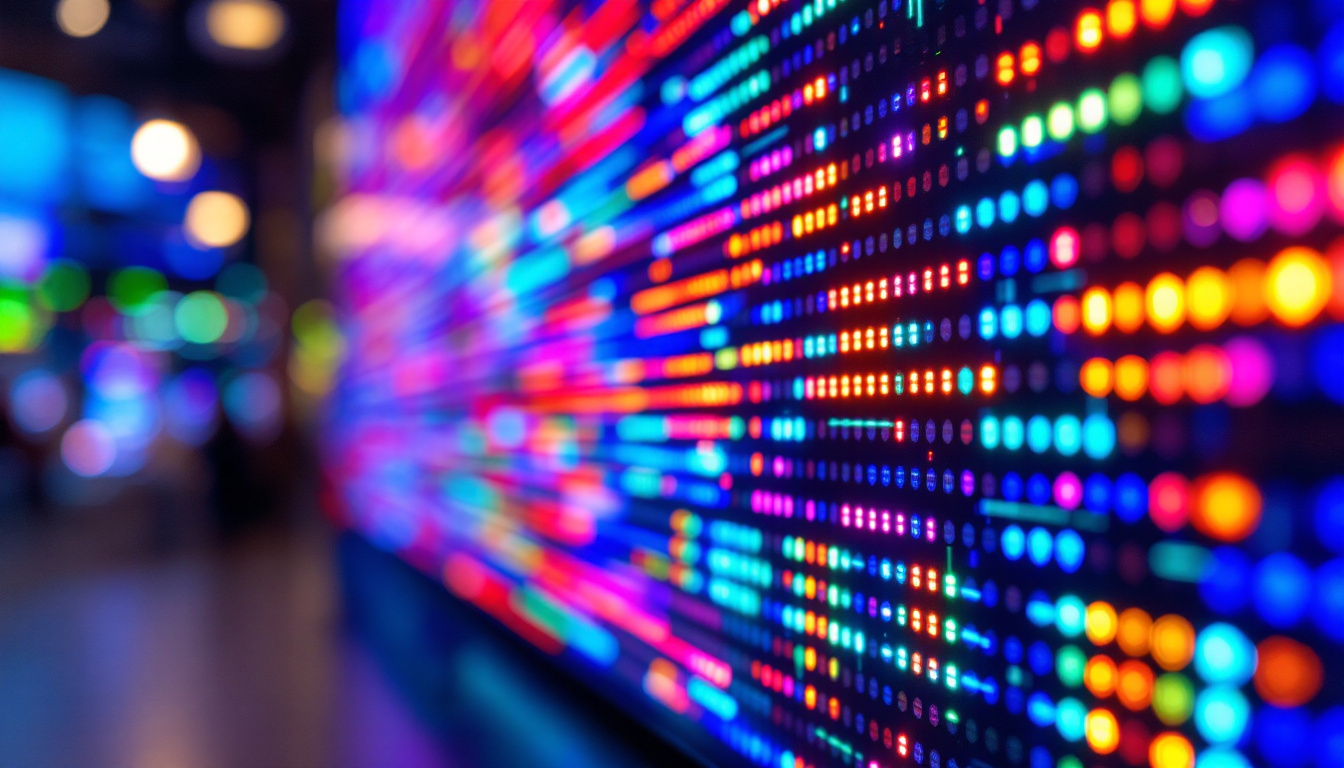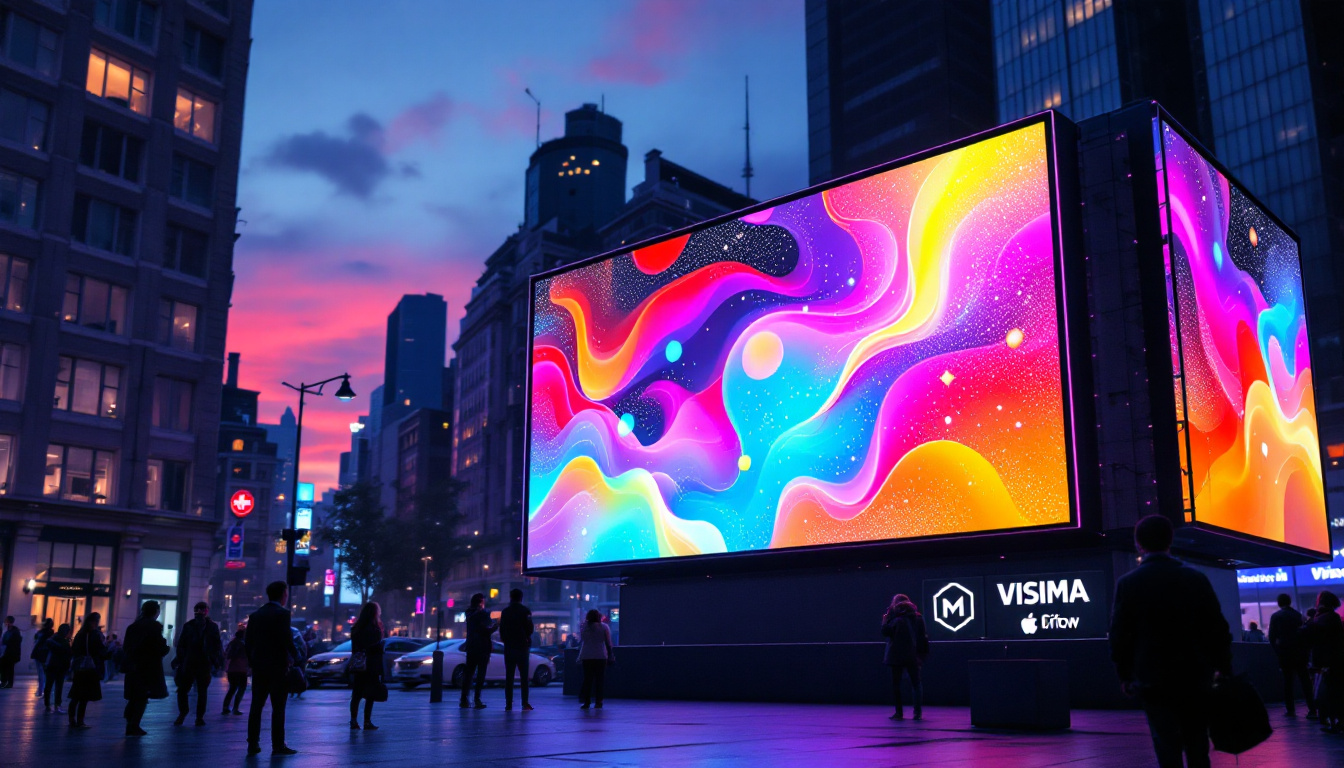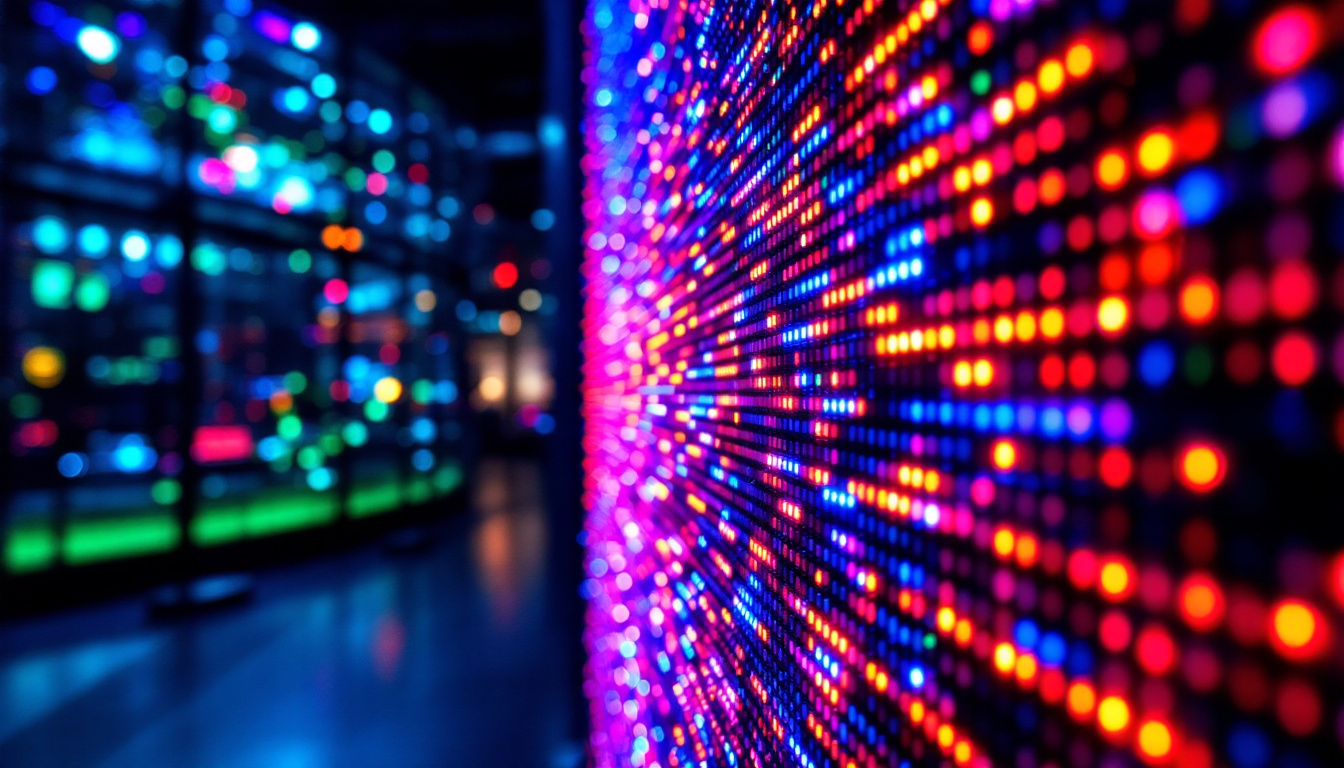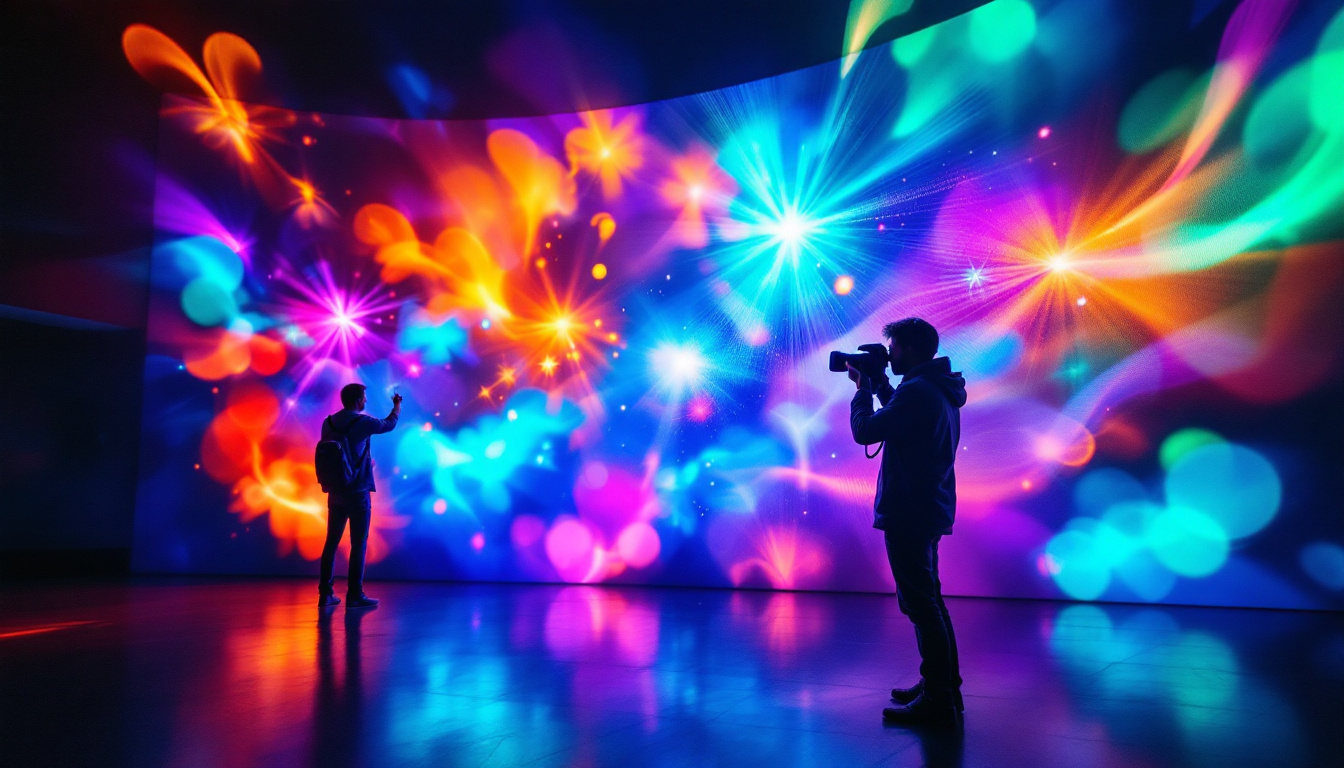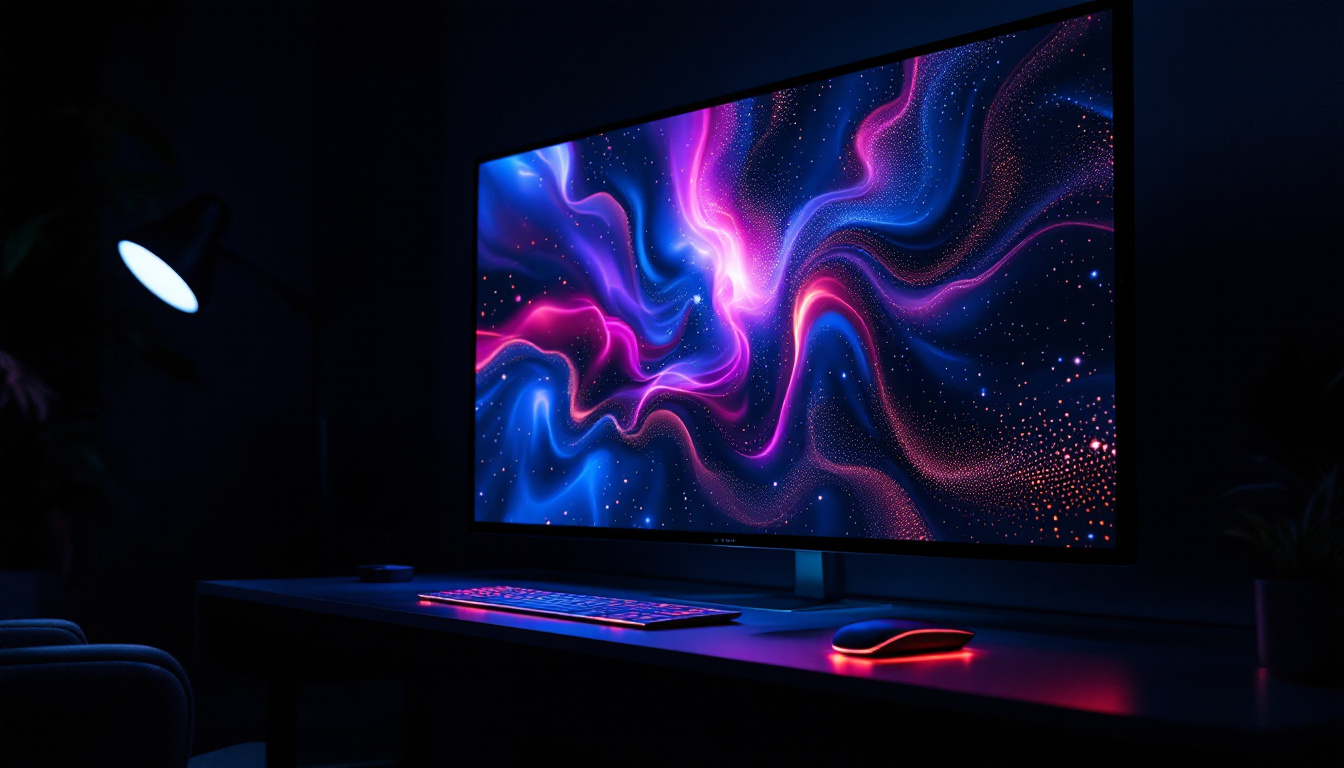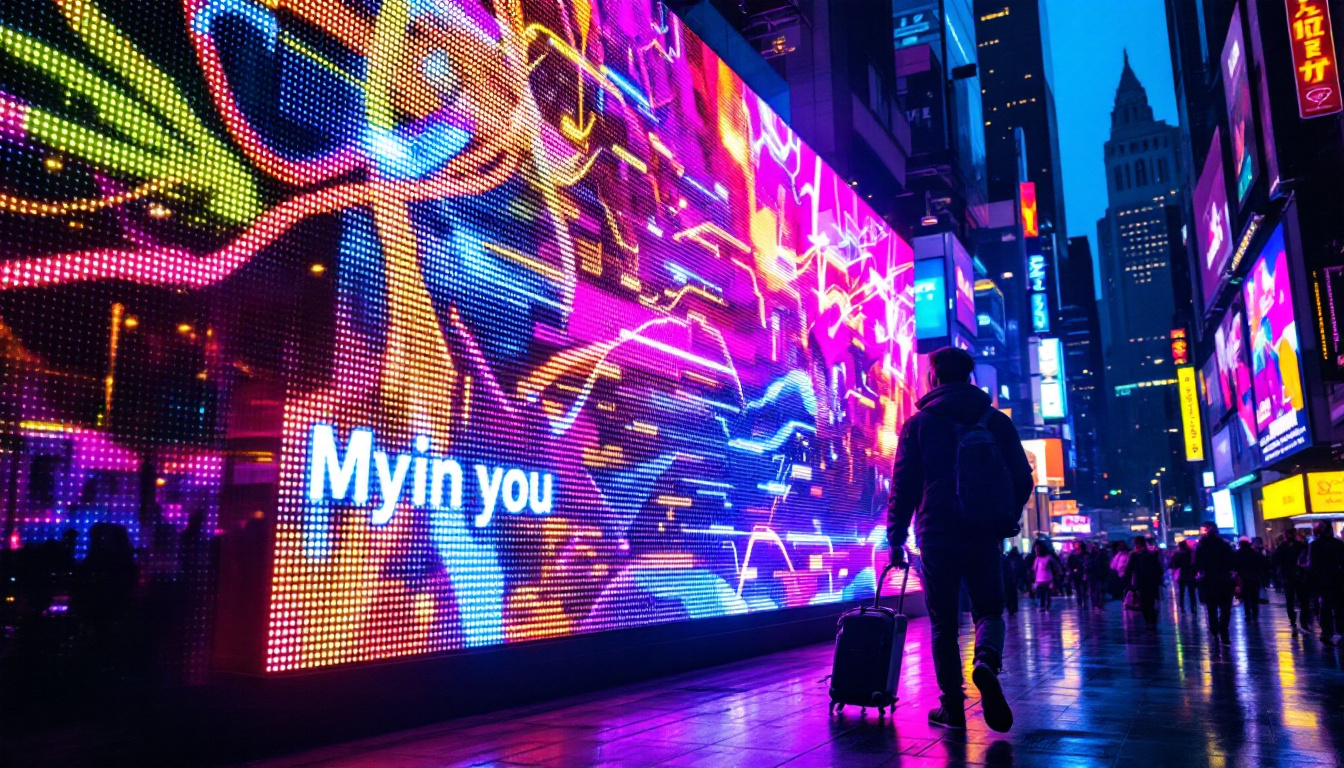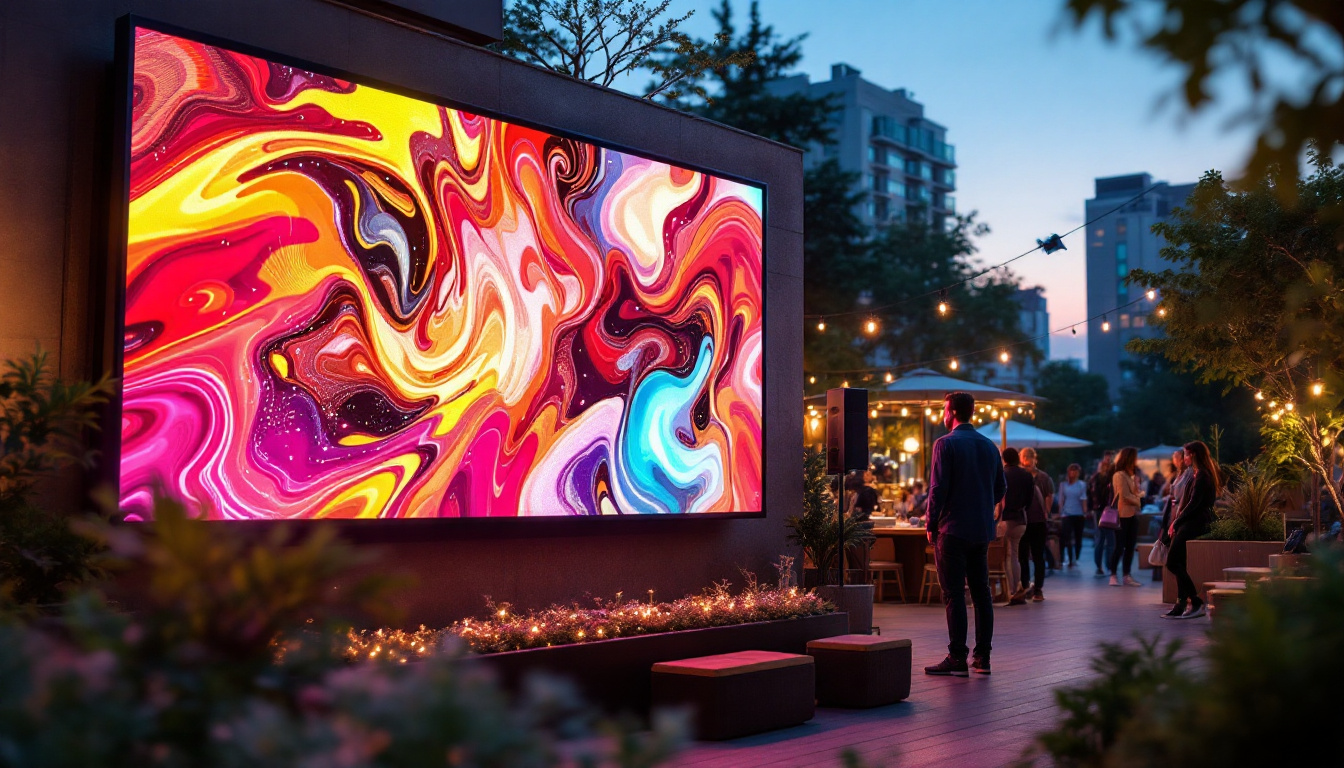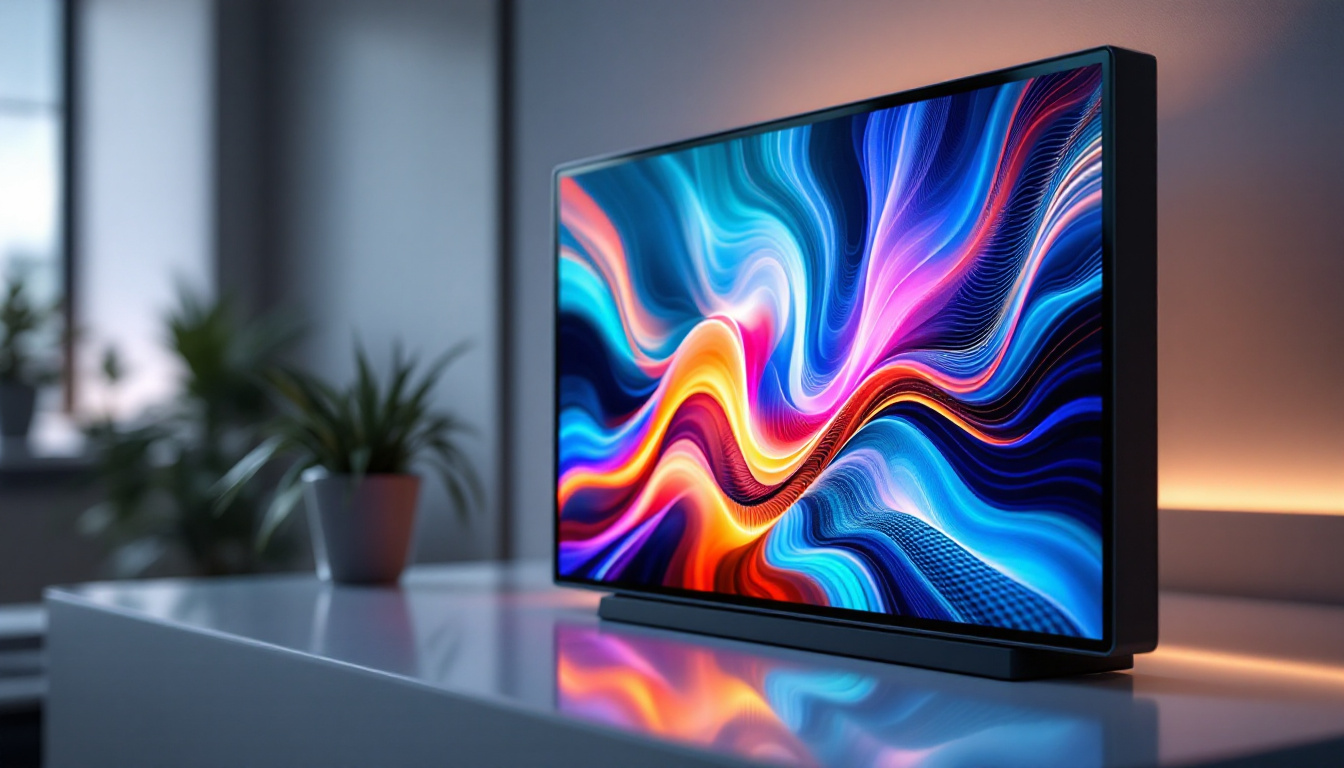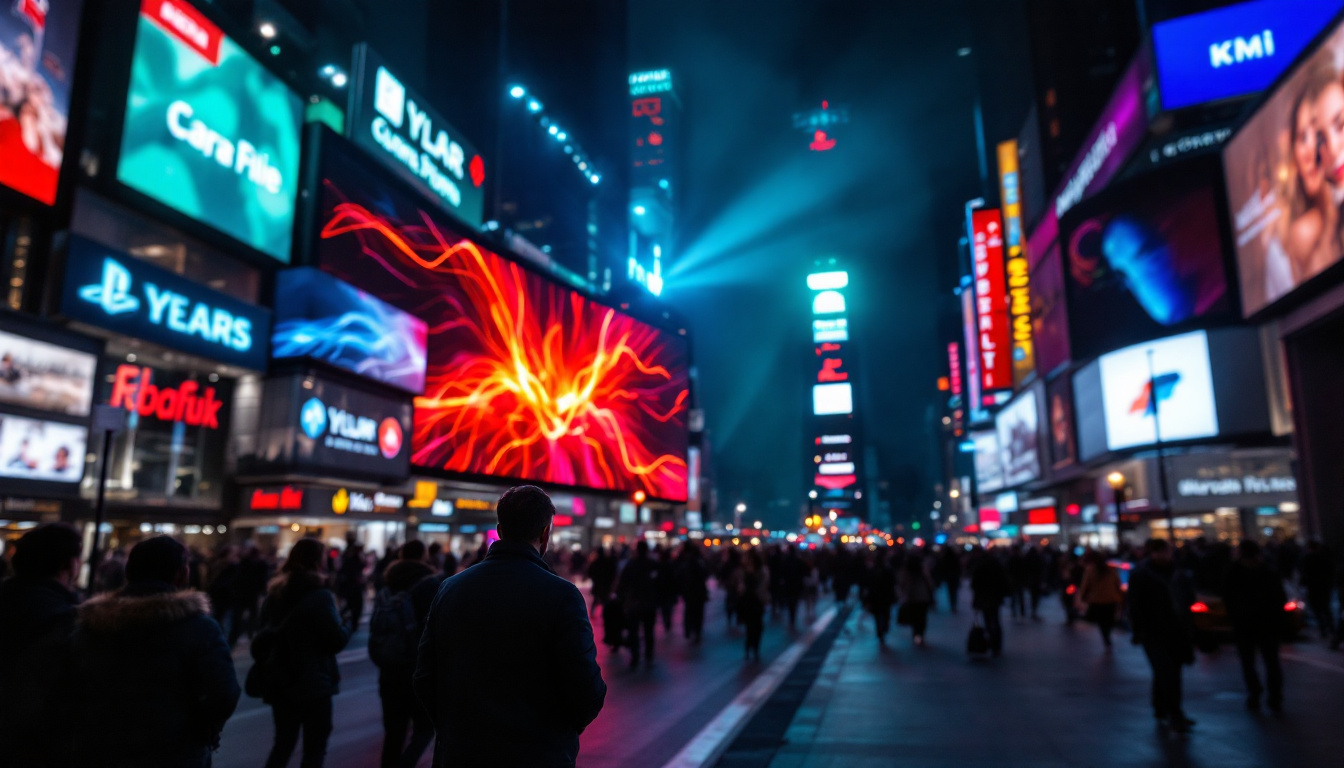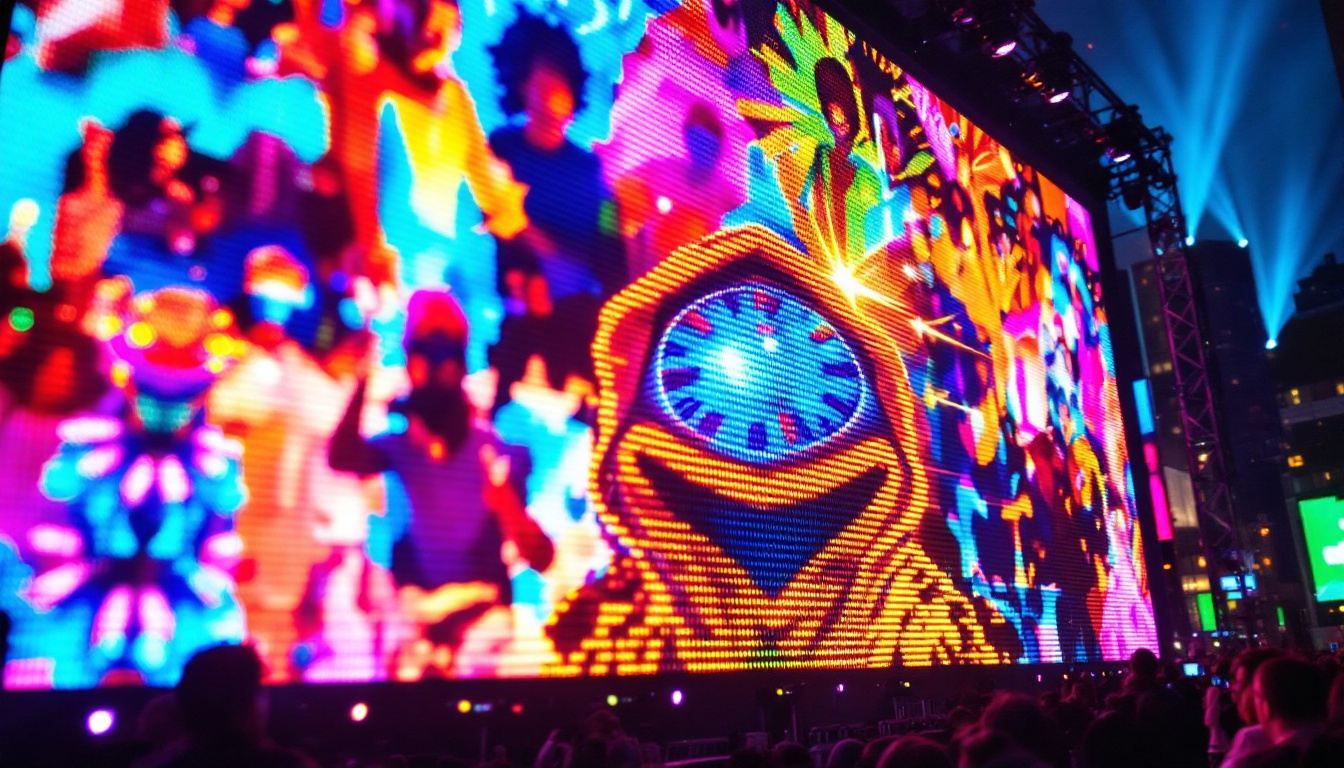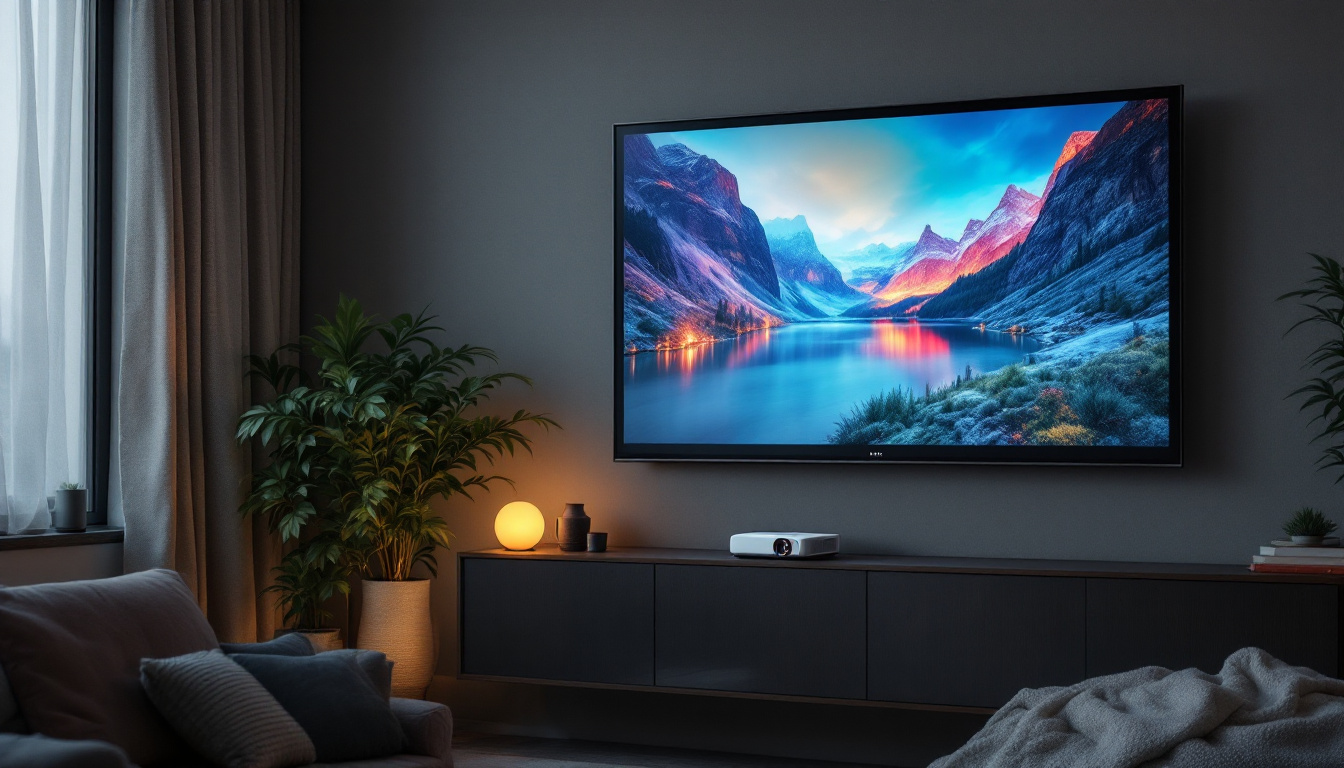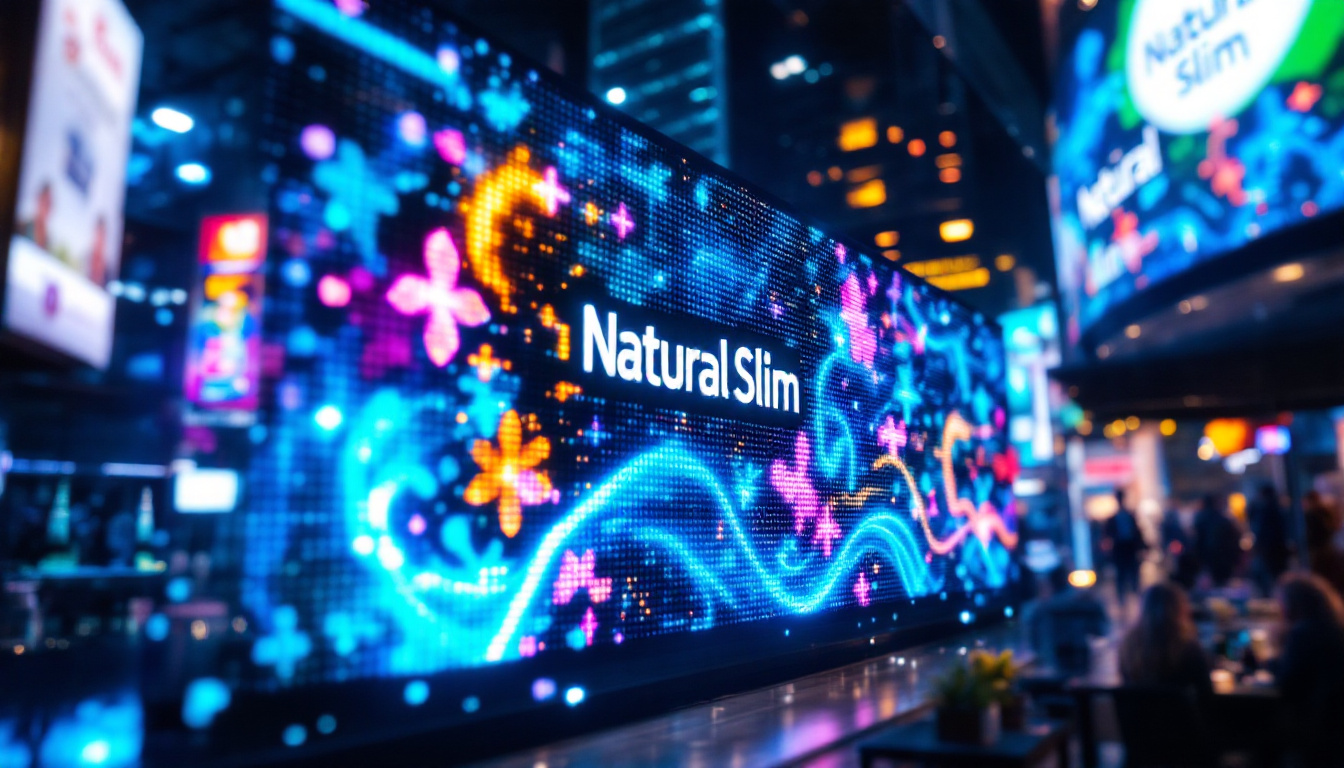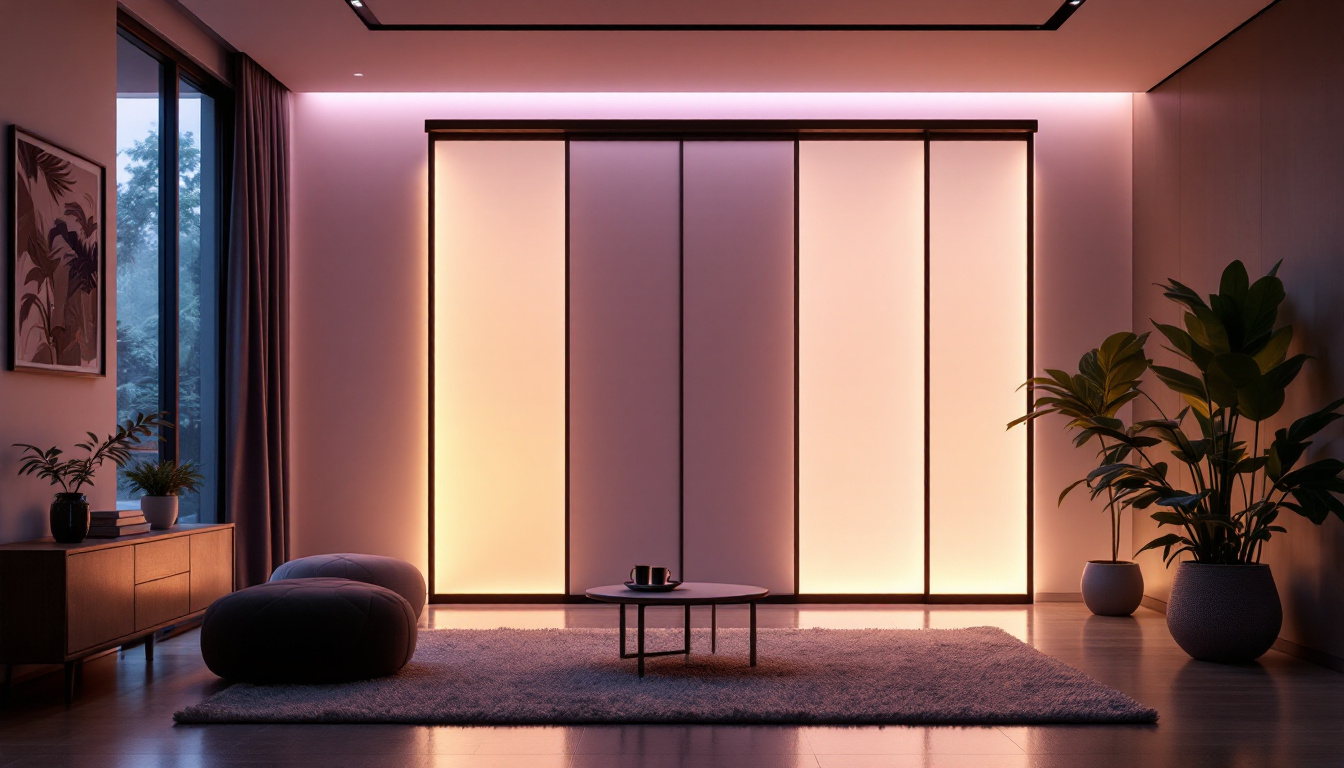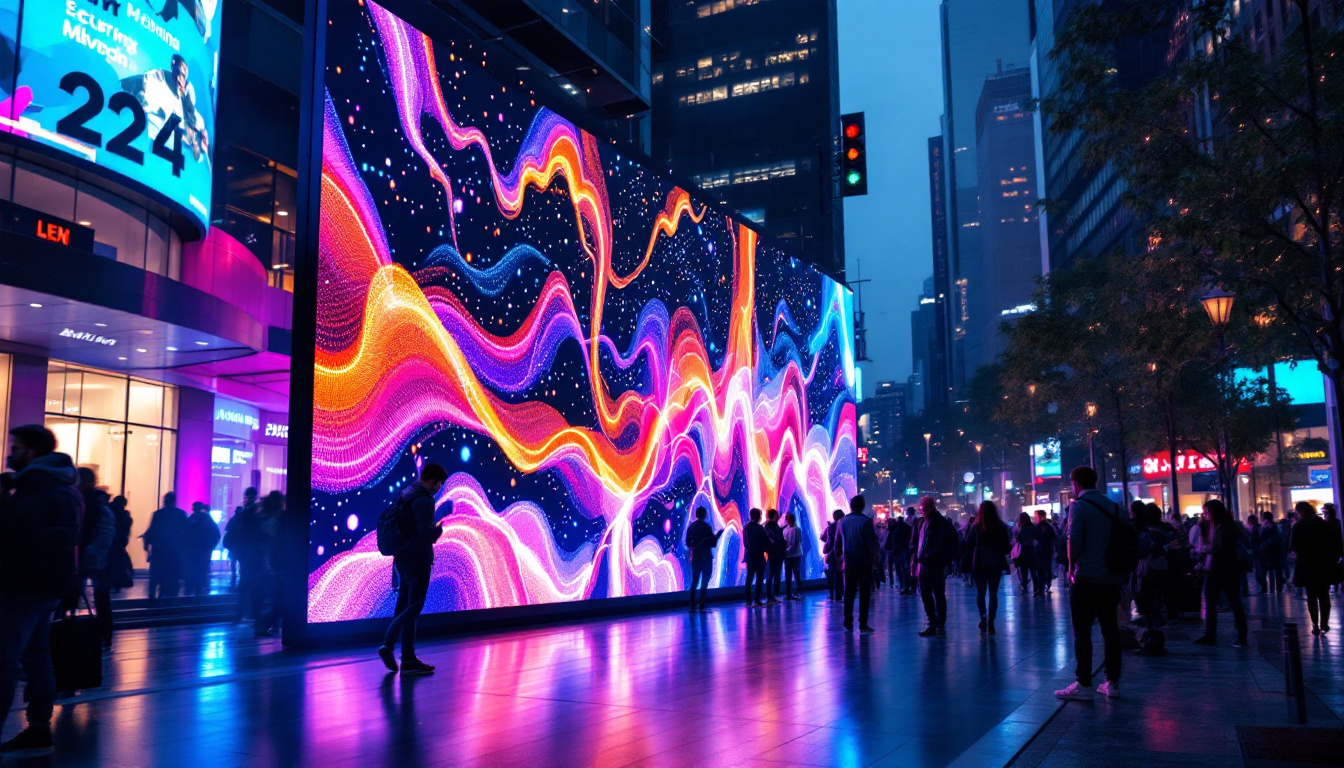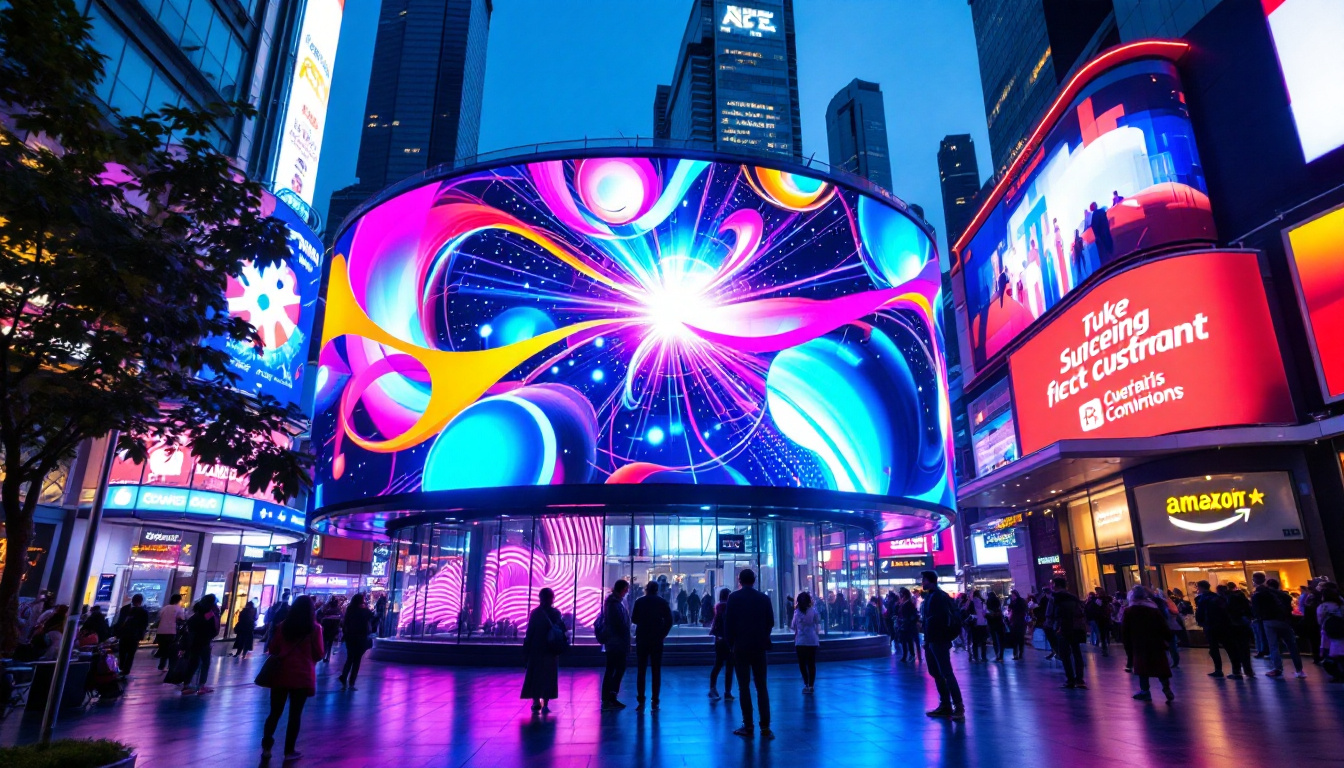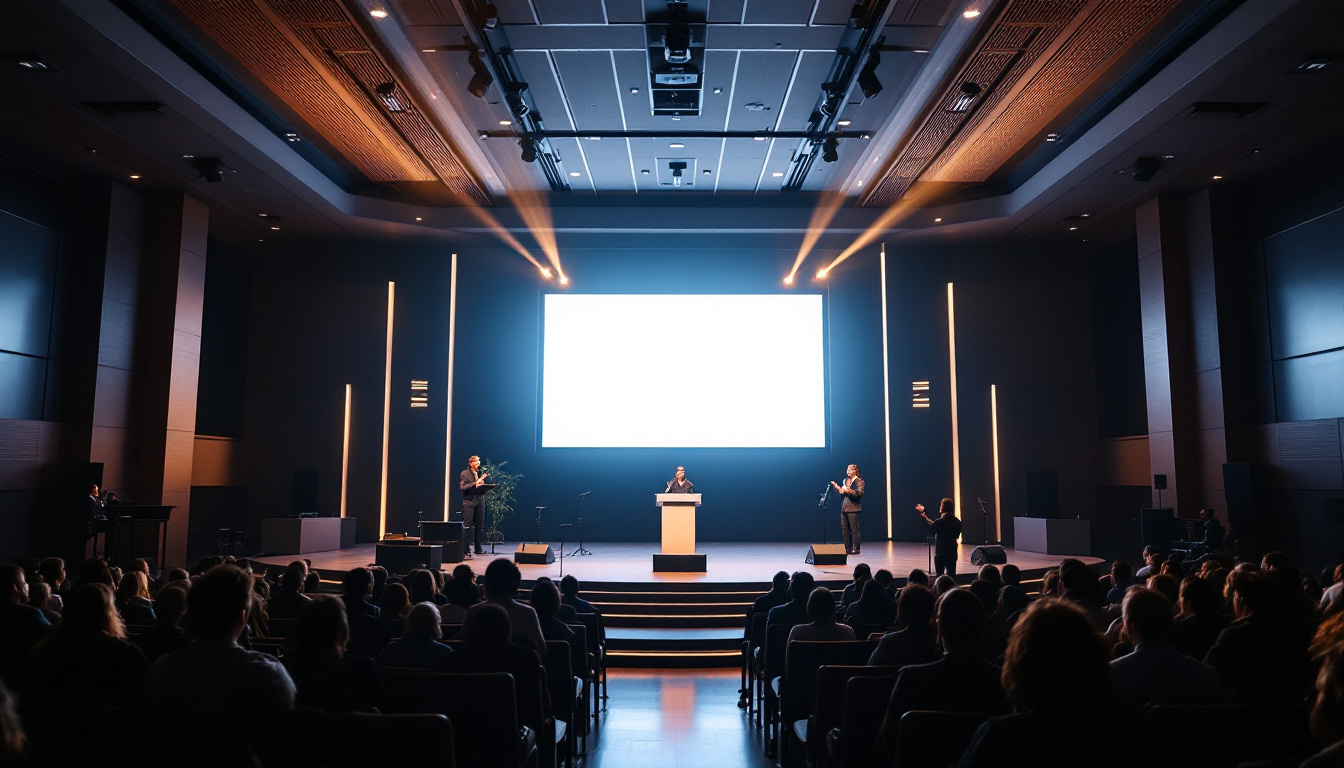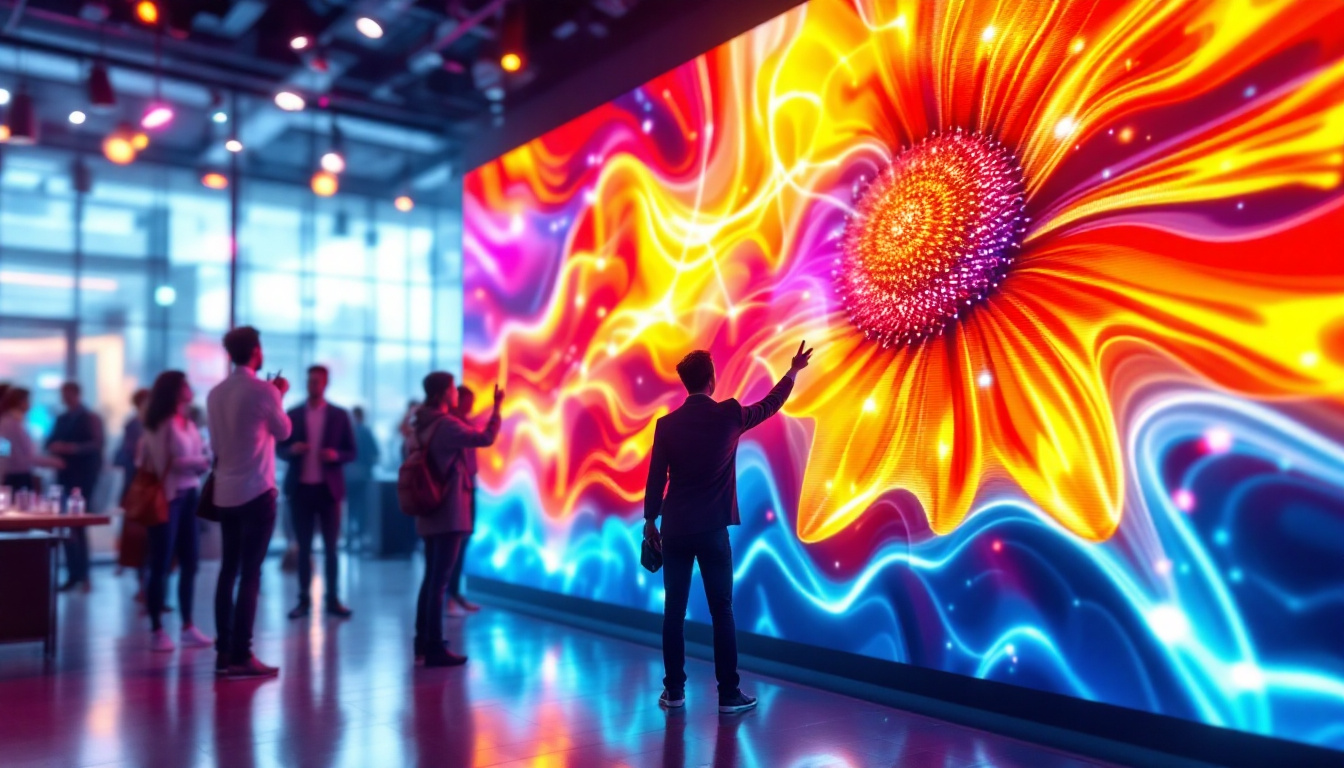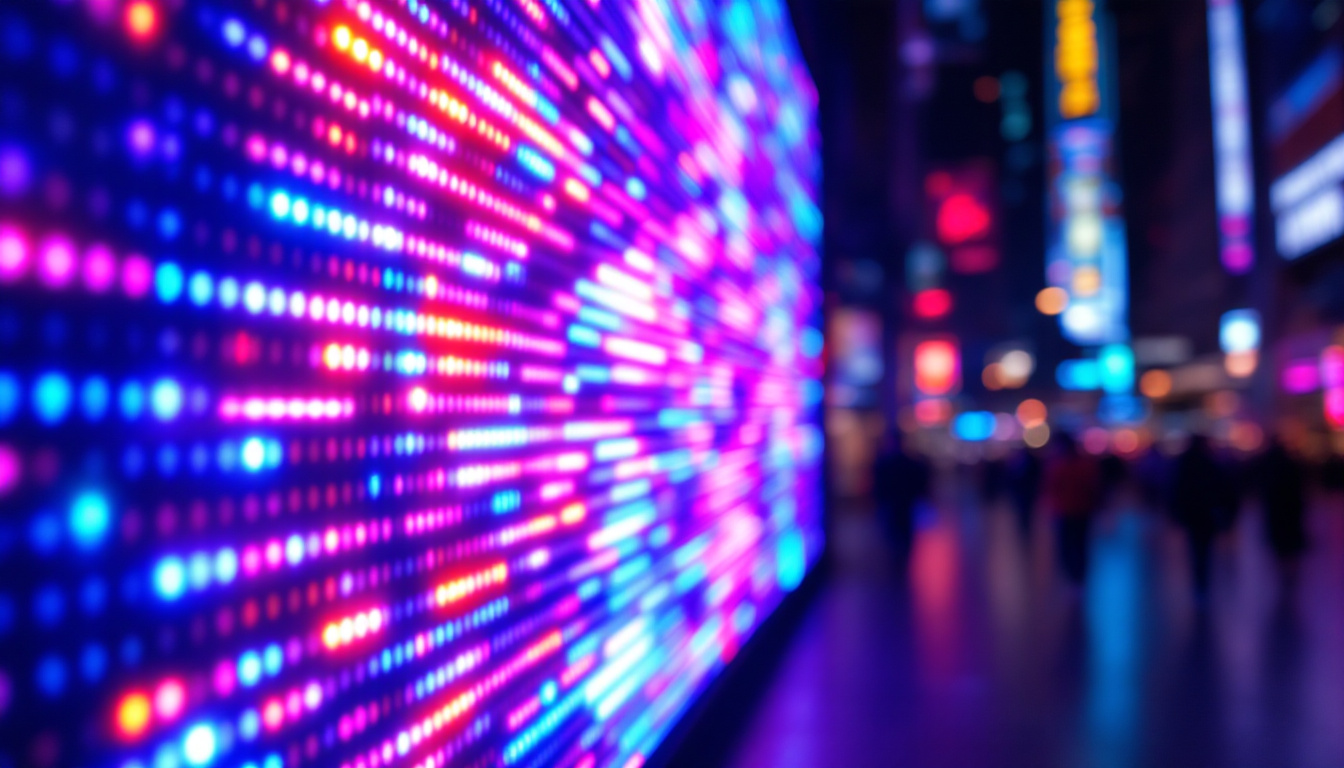In the realm of modern technology, LED displays have emerged as a transformative force, revolutionizing the way we interact with visual content. From billboards to smartphones, LEDs are ubiquitous, offering vibrant colors and remarkable energy efficiency. This article delves into the intricacies of LED displays, exploring their technology, applications, and the future they promise.
Understanding LED Technology
LED, or Light Emitting Diode, is a semiconductor device that emits light when an electric current passes through it. The fundamental principle behind LED technology is electroluminescence, where the movement of electrons in a semiconductor material generates light. This section will explore the components and workings of LED displays, providing a foundation for understanding their applications.
Components of LED Displays
LED displays consist of several key components that work together to produce high-quality images and videos. The primary components include:
- LED Chips: These are the heart of the display, responsible for emitting light. Different colors are achieved by combining various semiconductor materials.
- Driver Circuitry: This component regulates the power supplied to the LED chips, ensuring consistent brightness and color accuracy.
- Display Panel: The physical structure that houses the LED chips, often made from durable materials to withstand environmental factors.
Each of these components plays a crucial role in determining the overall performance and longevity of the LED display. Understanding these parts helps in appreciating the technology’s capabilities and limitations. For instance, advancements in LED chip technology have led to the development of smaller, more efficient chips that consume less power while providing brighter outputs. This not only enhances the visual experience but also contributes to energy savings, making LED displays an environmentally friendly choice.
How LED Displays Work
The operation of an LED display is a fascinating process that involves several steps. Initially, the driver circuitry receives signals from a video source, which could be a computer, camera, or other multimedia devices. This information is then converted into electrical signals that control the brightness and color of individual LED chips.
When the current flows through the LED chips, they emit light at specific wavelengths, producing the desired colors. By adjusting the intensity of the current, the display can create a wide range of hues. The combination of red, green, and blue LEDs allows for the creation of millions of colors, making LED displays incredibly versatile. Furthermore, the rapid switching capabilities of LEDs enable them to display dynamic content, such as videos and animations, with remarkable clarity and fluidity. This capability is particularly beneficial in applications like advertising and entertainment, where engaging visuals are essential for capturing audience attention.
In addition to their impressive color reproduction, LED displays also offer significant advantages in terms of durability and lifespan. Unlike traditional display technologies, such as LCDs or CRTs, LEDs are less susceptible to burn-in and can operate effectively in a variety of lighting conditions. This resilience makes them ideal for both indoor and outdoor use, from stadium screens to billboards. Moreover, the modular nature of LED technology allows for easy repairs and upgrades, ensuring that displays can be maintained over time without the need for complete replacements.
Types of LED Displays
LED displays come in various types, each designed for specific applications and environments. Understanding these types can help in selecting the right display for a particular need. The most common types include:
Direct View LED Displays
Direct view LED displays are made up of individual LEDs that are visible to the viewer. These displays are often used in outdoor advertising, sports arenas, and large venues. The advantages of direct view displays include high brightness, excellent visibility in sunlight, and the ability to create large screens without losing image quality. Additionally, they can be configured in various shapes and sizes, making them versatile for creative installations. Their modular nature allows for easy repairs and upgrades, which is particularly beneficial for businesses that want to keep their displays up-to-date with the latest technology.
LED Backlit Displays
LED backlit displays utilize LEDs to illuminate an LCD screen from behind. This technology enhances the brightness and contrast of the images displayed. Commonly found in televisions and computer monitors, LED backlighting allows for thinner screens and improved energy efficiency compared to traditional fluorescent backlighting. Moreover, advancements in local dimming technology have further improved the performance of LED backlit displays, enabling deeper blacks and a more dynamic range of colors. As a result, these displays are favored by gamers and graphic designers who require precise color representation and fast response times.
Organic LED (OLED) Displays
Organic LED displays use organic compounds that emit light when an electric current is applied. This technology allows for thinner displays with better color accuracy and wider viewing angles. OLEDs are increasingly popular in smartphones, televisions, and wearable devices due to their superior image quality and flexibility. One of the standout features of OLED technology is its ability to achieve true blacks, as individual pixels can be turned off completely, resulting in an infinite contrast ratio. Furthermore, the lightweight and flexible nature of OLED panels opens up exciting possibilities for innovative designs, such as curved screens and even foldable devices, pushing the boundaries of how we interact with visual media.
Applications of LED Displays
The versatility of LED displays has led to their widespread adoption across various sectors. Their applications range from advertising to entertainment, and even in industrial settings. Here are some notable applications:
Advertising and Marketing
LED displays have become a staple in advertising due to their ability to capture attention with vibrant colors and dynamic content. Digital billboards, storefront displays, and event signage utilize LED technology to create eye-catching visuals that can be updated in real-time. This adaptability allows marketers to tailor their messages to specific audiences and occasions.
Entertainment Industry
In the entertainment sector, LED displays play a crucial role in concerts, theater productions, and sporting events. Large LED screens enhance the audience’s experience by providing high-definition visuals and engaging content. The flexibility of LED technology allows for creative stage designs and immersive environments that captivate viewers.
Industrial and Commercial Use
Beyond advertising and entertainment, LED displays are also utilized in industrial settings for monitoring and information dissemination. Factories, warehouses, and control rooms employ LED screens to display critical data, alerts, and operational metrics. Their reliability and energy efficiency make them ideal for continuous operation in demanding environments.
Advantages of LED Displays
LED displays offer numerous advantages over traditional display technologies, making them a preferred choice for many applications. Some of the key benefits include:
Energy Efficiency
One of the standout features of LED displays is their energy efficiency. Compared to older technologies like incandescent and fluorescent displays, LEDs consume significantly less power. This not only reduces operational costs but also contributes to a lower carbon footprint, making them an environmentally friendly option.
Longevity and Durability
LED displays are known for their longevity, often lasting tens of thousands of hours before requiring replacement. Their solid-state construction makes them resistant to shock and vibration, ideal for both indoor and outdoor environments. This durability translates to lower maintenance costs and less frequent replacements.
High Brightness and Color Quality
LED displays are capable of producing high brightness levels, making them suitable for various lighting conditions, including direct sunlight. Additionally, they offer superior color accuracy and contrast ratios, resulting in vibrant images that enhance the viewing experience. This quality is particularly important in applications where visual impact is critical.
Challenges and Limitations
Despite their many advantages, LED displays are not without challenges. Understanding these limitations is essential for making informed decisions regarding their use.
Cost Considerations
While the prices of LED displays have decreased over the years, they can still be more expensive than traditional display technologies upfront. This initial investment may deter some businesses, especially small enterprises, from adopting LED solutions. However, the long-term savings in energy and maintenance costs often justify the higher initial expense.
Viewing Angles and Distance
Another challenge with LED displays is their viewing angles. While many modern LED displays offer wide viewing angles, some lower-quality models may suffer from color distortion when viewed from the side. Additionally, the pixel pitch, or the distance between individual LEDs, can impact the optimal viewing distance. Choosing the right pixel pitch is crucial for ensuring image clarity at various distances.
The Future of LED Displays
As technology continues to evolve, the future of LED displays looks promising. Innovations in materials, design, and functionality are paving the way for even more advanced displays. Here are some trends to watch:
MicroLED Technology
MicroLED technology represents the next frontier in display innovation. This technology utilizes microscopic LEDs to create high-resolution displays with exceptional brightness and color accuracy. MicroLEDs promise to combine the best features of OLED and traditional LED displays, offering improved performance and flexibility.
Flexible and Transparent Displays
Advancements in flexible and transparent LED displays are opening new possibilities for design and application. These displays can be bent or shaped to fit various surfaces, enabling creative installations in architecture and advertising. Transparent displays also allow for unique applications in retail environments, providing information without obstructing visibility.
Integration with Smart Technologies
The integration of LED displays with smart technologies, such as IoT and AI, is set to enhance their functionality. Smart displays can adapt content based on environmental conditions, user preferences, and real-time data. This level of interactivity and personalization will redefine how we engage with visual content.
Conclusion
LED displays have become an integral part of modern life, influencing how information is presented and consumed. Their energy efficiency, longevity, and vibrant visuals make them a preferred choice across various industries. While challenges remain, ongoing advancements in technology promise to overcome these limitations and expand the possibilities of LED displays.
As we move forward, the potential applications of LED technology will continue to grow, shaping the future of communication, entertainment, and information dissemination. Embracing these innovations will not only enhance visual experiences but also contribute to a more sustainable and connected world.
Discover the Future of Visual Engagement with LumenMatrix
Ready to elevate your visual communication to the next level? LumenMatrix is at the forefront of LED display innovation, offering a wide array of solutions tailored to your needs. From Indoor and Outdoor LED Wall Displays to specialized options like Vehicle, Sports, and Floor LED Displays, we have the technology to make your brand shine. Experience the difference with our Custom, All-in-One, and LED Transparent Displays designed to captivate and engage. Don’t miss out on the opportunity to transform your space with our cutting-edge LED display modules. Check out LumenMatrix LED Display Solutions today and join the revolution in visual storytelling.

